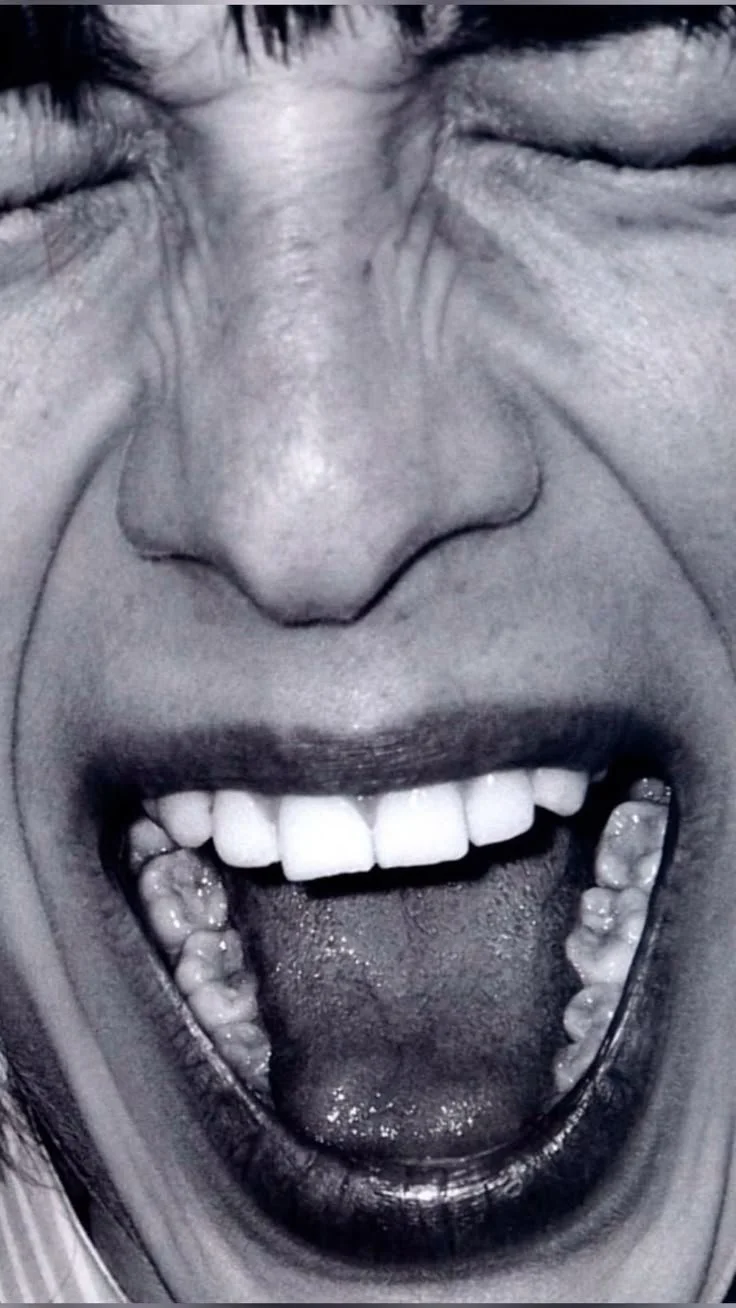All the Lingo Your Tonge Secretly Knows (But Won't Tell You)
When was the last time you really looked at your tongue? Beyond helping you chat, chew, and taste your favourite foods, your tongue is like a vivid health barometer — a piece of living history reflecting your body's wellbeing, sometimes predicting health issues up to five years in advance - and you only brush your teeth! This fascinating idea isn’t new; traditional Chinese medicine (TCM) has long believed that the tongue can reveal insights into your internal health. Its colour, texture, coating, shape, and moisture—can reflect nutritional deficiencies, hydration status, oral infections, digestive problems, and even systemic illnesses.
The Tongue in Traditional Chinese Medicine: A Deep Dive
TCM practitioners examine the tongue to assess the balance of Yin and Yang and the state of various organs like the heart, lungs, liver, and spleen. The tongue’s surface is divided into zones linked to different organs:
Tip: Heart and lungs
Sides: Liver and gallbladder
Centre: Stomach and spleen
Back: Kidneys and intestines
A healthy tongue is typically pink, slightly moist, and covered with small nodules called papillae. Deviations, such as a pale tongue, a coated or patchy surface, cracks, sores, or unusual colours, may signal underlying concerns:
Colour
Pale tongue: May indicate blood deficiency or poor circulation.
Red tongue: Often a sign of heat in the body — think inflammation or fever.
Purple or bluish tongue: Could suggest poor circulation or stagnation.
Yellow coating: Possible excess heat or infection.
White coating: May reflect cold conditions or dampness in the body.
Shape and Texture
Swollen tongue: Indicates dampness or fluid retention. Dampness in the body can develop from poor diet, lack of physical activity, excessive exposure to humid environments, or underlying health imbalances affecting fluid metabolism.
Thin tongue: Suggests a lack of fluids or blood deficiency, often leading to fatigue and weakness.
Teeth marks on the edges: Often a sign of spleen qi deficiency, which occurs when the body's energy responsible for digestion and nutrient absorption is weakened, leading to fatigue, poor appetite, and digestive issues.
Cracks on the tongue: Could be deficiencies: low B vitamins (especially B12), iron, or folate
Dry tongue: May reveal dehydration or yin deficiency, indicating the body’s fluids are insufficient or imbalanced.
Excessively wet tongue: A wet tongue could indicate an overabundance of dampness in the body.
Rough tongue: Often indicates issues such as dehydration, nutritional deficiencies (like a lack of B vitamins or iron), or It can also be a sign of conditions like oral thrush.
Smooth tongue: On the other hand, may point to a deficiency in certain nutrients, especially iron, folate, or vitamin B12, commonly associated with conditions like anaemia. It can also arise from atrophic glossitis, where the tongue loses its normal papillae, resulting in a glossy, smooth appearance. This can be uncomfortable and may affect taste.
How to Clean and Care for Your Tongue
Keeping your tongue fresh isn’t just about aesthetics; it’s essential for oral health.
Use a tongue scraper: Gently scrape from the back to the front once a day to remove bacteria and debris.
Brush your tongue: If you don’t have a scraper, lightly brush with your toothbrush.
Rinse regularly: Use mouthwash or warm salt water to reduce bacterial load.
Stay hydrated: A well-moisturised tongue is less prone to buildup.
Avoid smoking and excessive alcohol: Both can alter tongue colour and texture.
Fun Fact: Your Tongue Prints Are Unique!
Just like fingerprints, your tongue print is unique to you — a quirky reminder of how awesome our bodies truly are.
Next time you brush your teeth, take a moment to check out your tongue. Think of it as a charming little health oracle, revealing stories your body may not yet have spoken aloud. Whether you lean into ancient wisdom or just indulge in a bit of tongue self-spotting for fun, it’s a colourful journey worth exploring.
Love from Fallon, with intention xox
Disclaimer
The content provided in our articles is provided for information purposes only and is not a substitute for professional advice and consultation, including professional medical advice and consultation; it is provided with the understanding that Fallon is not engaged in the provision or rendering of medical advice or services. The opinions and content included in the articles are the views only and may not be scientifically factual. You understand and agree by reading anything on our website that Fallon shall not be liable for any claim, loss, or damage arising out of the use of, or reliance upon any content or information published. You acknowledge and agree that Fallon, its authors, and contributors are not liable for any adverse reactions or consequences resulting from the use or misuse of the information provided. Always exercise caution and prioritise your health and safety. Images are from Pinterest, if you know the original creator please let us know, so that we can credit them.

